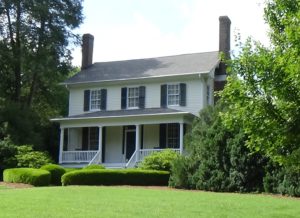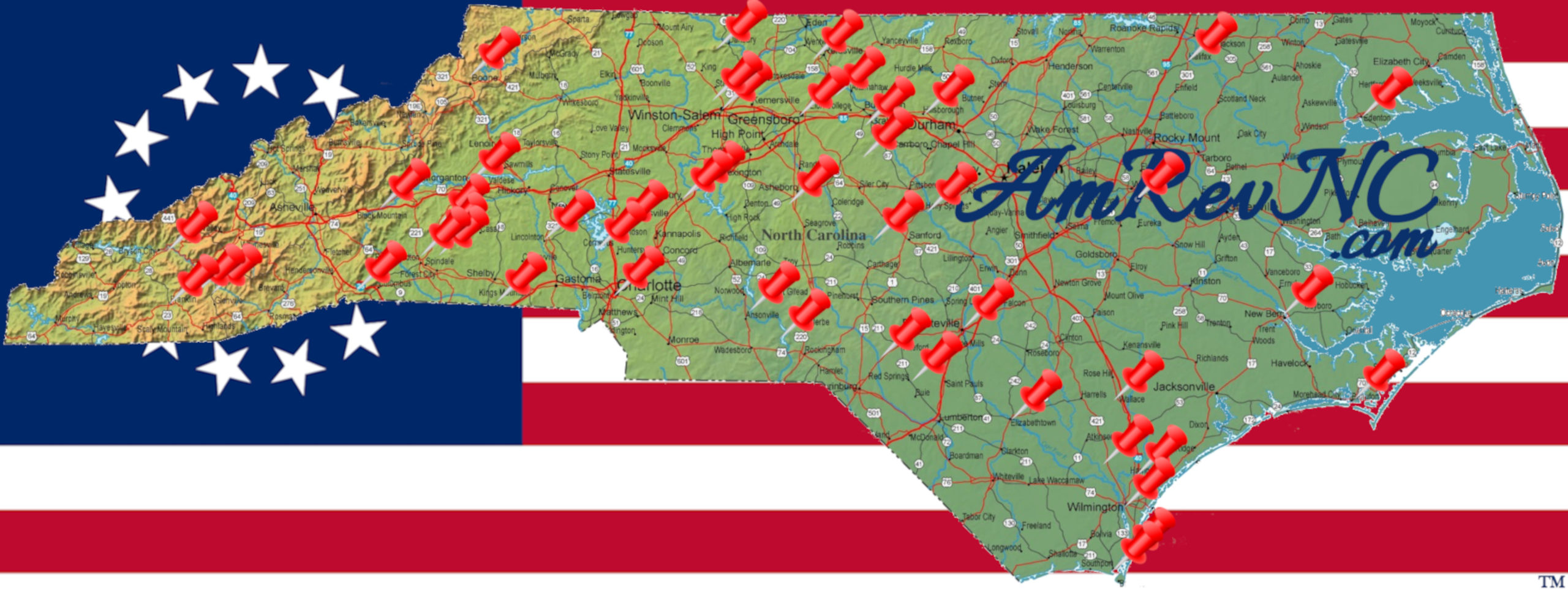Commander of N.C. Continentals
Biography

Born of Welsh immigrants in Virginia around 1742, lawyer Francis Nash moved to Hillsborough in 1766. He served as the clerk of court, which put him at odds with the protestors known as the Regulators: Nash was accused, but cleared, of taking illegal fees, one of their chief complaints against court clerks. Like a lot of later Patriots, he participated on the side of the Royal governor against the Regulators in the Battle of Alamance.
Said to have “‘easy and engaging manners,'”[1] Nash was elected to the Provincial Congress multiple times, including the one in Halifax that declared state independence in 1776. Then he was appointed head of a state regiment that fought in South Carolina as part of the Continental Army. Later he was promoted to brigadier general in command of all North Carolina forces. He earned fame at the Battle of Brandywine (Penn.) under Gen. George Washington in 1777. A few months later, at the Battle of Germantown (Penn.), he received a glancing blow to the hip from a cannonball that also killed his horse and an aide. He died three days later. Supposedly his last words were, “‘From the first Dawn of the Revolution I have been ever on the side of liberty and my country.’”
Nash was buried in Pennsylvania; Washington ordered all officers to attend.[2] Though he was killed four years before the Battle of Guilford Court House, a large arch honoring him was built on that battlefield, since removed. Nash County and several Nashvilles, including those in Tennessee and N.C., were named for him.
More Information
- Lewis, J. D., ‘Francis Nash’, The Patriot Leaders in North Carolina, 2013 <https://www.carolana.com/NC/Revolution/patriot_leaders_nc_francis_nash.html> [accessed 27 March 2020]
- ‘Marker: G-10’, North Carolina Highway Historical Marker Program <http://www.ncmarkers.com/Markers.aspx?MarkerId=G-10> [accessed 27 March 2020]
- Reed, John, ‘Nash, Francis’, NCpedia, 1991 <https://www.ncpedia.org/biography/nash-francis> [accessed 27 March 2020]
-
Russell, Phillips, North Carolina in the Revolutionary War (Charlotte, N.C.: Heritage Printers, Inc., 1965)
[1] North Carolina Gazette (1777), quoted in Russell 1965
[2] Russell.



